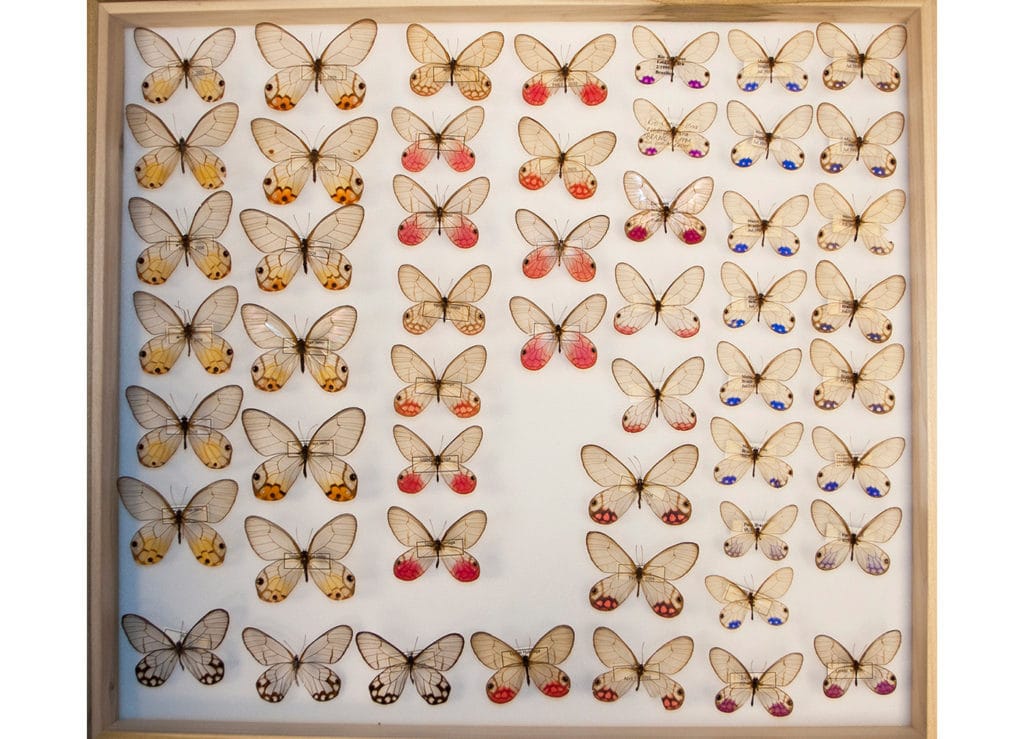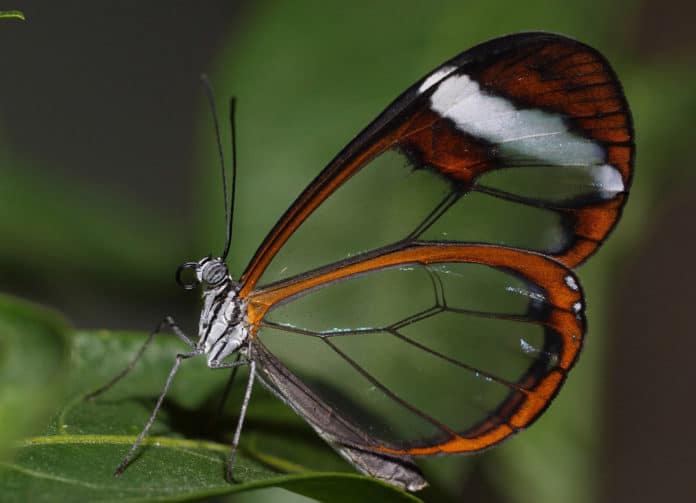The transparent structures in animals are well known. Usually, such structures can be seen in aquatic organisms.
To protect themselves from predators, some butterflies and moths also developed transparent wings. Because of their transparent wings, they are almost invisible to predators.
What is the actual developmental basis of how they create their transparent wings?
A team led by Marine Biological Laboratory (MBL) scientists studied the development of one such species, the glasswing butterfly, Greta oto, to see through the secrets of this natural stealth technology.
Ph.D. advisor and MBL Director Nipam Patel said, “I decided to bring some of the transparent butterfly and moth species I had in my collection, which I never really looked at in detail, to the course and present it as a challenge for the students to look at how these wings were transparent. So a group of students took that on by imaging the wings with various microscopes. And they realized that pretty much any way you could think to make the wing transparent, some butterfly or moth had figured out how to do it. So that’s what got us looking in more detail at the development of transparency.”
“As humans, we think we’re so brilliant because we figured out how to put an anti-glare coating on glass, but butterflies figured that out tens of millions of years ago.”
There lie waxy hydrocarbon nanopillars in the second layer atop the wing surface. These nanopillars give wings anti-reflective properties.
The layer is mainly composed of long-chain n-alkanes, similar to those found in other insect species.
Scientists examined the reflectivity of the wings before and after removing the waxy layer with hexane. They then measured the amount of light that reflected off the wing.
Scientists demonstrated that the upper layer plays a vital role in reducing that light glare.

Pomerantz said, “The wax layer was primarily thought of as something that helps prevent an insect from drying out or desiccating. But in this case, it seems like they’re used for these anti-glare properties as well.”
“Future research directions may include delving more deeply into how these transparent structures evolved. If we can learn more about how nature creates new nanostructures, that can be very informative for human applications. The work is making the secrets of natural transparency considerably less opaque.”
Journal Reference:
- Aaron F. Pomerantz et al. Developmental, cellular and biochemical basis of transparency in clearwing butterflies. DOI: 10.1242/jeb.237917
